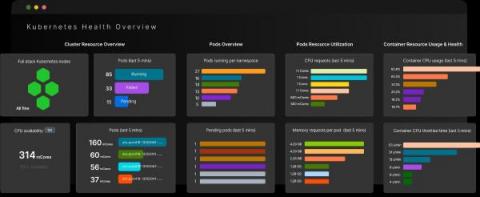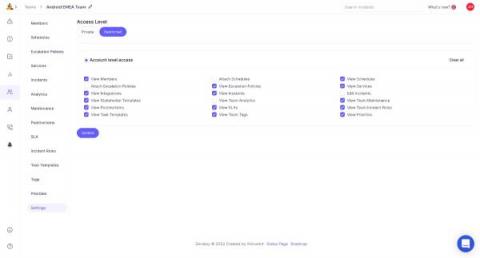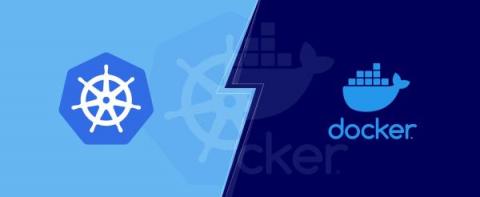Master Kubernetes Monitoring with these Must-Track Metrics
Managing a Kubernetes cluster requires a keen eye for detail and a deep understanding of its complex structure. To ensure smooth operation of your applications and optimal performance, it is vital to monitor a wide range of metrics across the different components of your cluster. In this article, we will discuss key metrics that can be used to monitor both self-managed and cloud-managed Kubernetes environments, helping you to keep your cluster running at its best.











